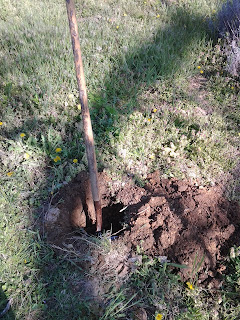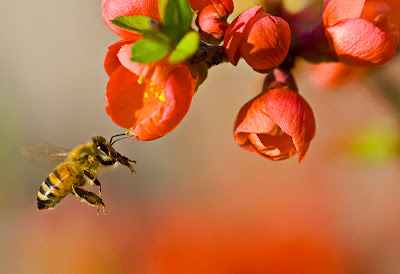One of the problems that I run into with the garden is the fence had been important in demarcating the back border of the garden. This week I have been putting up a series of new trellises that will help to fix that problem. They are also going to provide a great medium for climbing plants like pole beans, cowpeas, and runner beans.
I used this trellis last year for growing calabash gourds. The gourds did mediocre, but the trellis was great. Unfortunately the winter weather took its toll on the twine, which had to be replaced.
I started making new trellises to expand on the existing structure. I collected some hefty and durable sticks from the woods to serve as the upright posts for the trellis. I dug post holes with a simple hand shovel and placed a stick in each hole. I then filled them back in and tamped the dirt back down. Hopefully they will serve as a sturdy support for beans and other climbers.
Once all the trellis poles were up, I went about stringing twine between each section. It was very easy, but quite time-consuming. That is why this blog is being updated so much later than I usually like to have it finished.
For some of the taller poles I had to pull out the ladder to reach the very top. It makes me nervous getting up there!
Now that it's all finished, I think it looks very good! I just hope that my handiwork will hold up, and soon it will be alive with green!











































